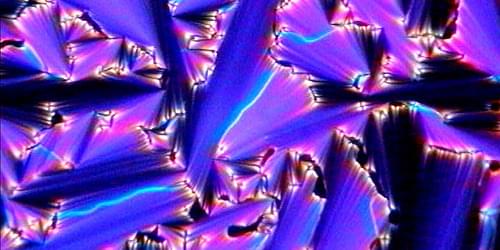When compressed, nanoribbons of titanium and sulfur can change properties dramatically, turning into materials with the ability to conduct electricity without losing energy, according to a study published in the journal Nano Letters.
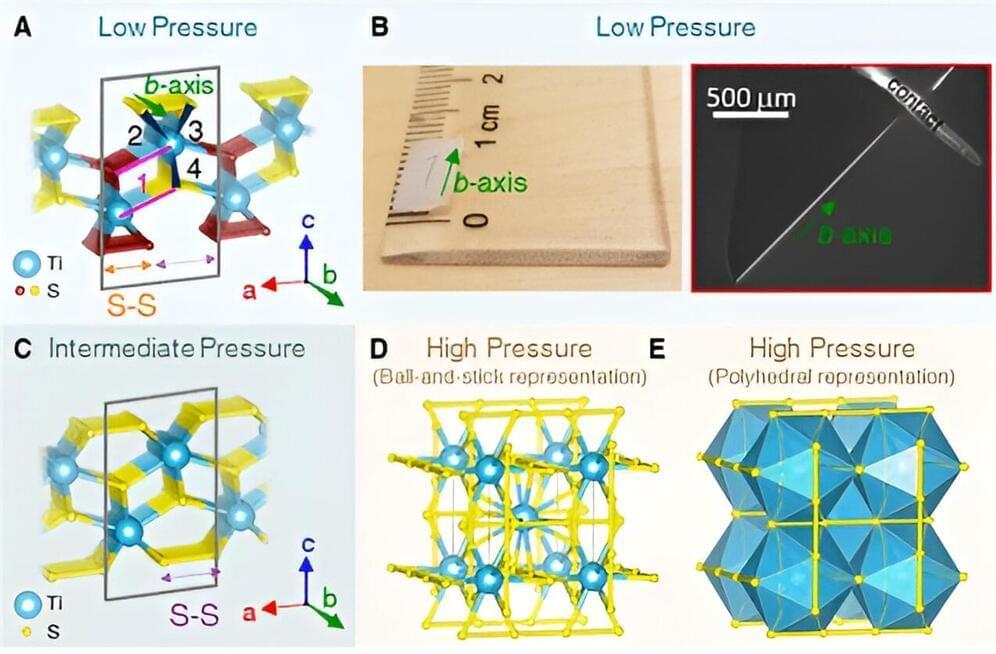

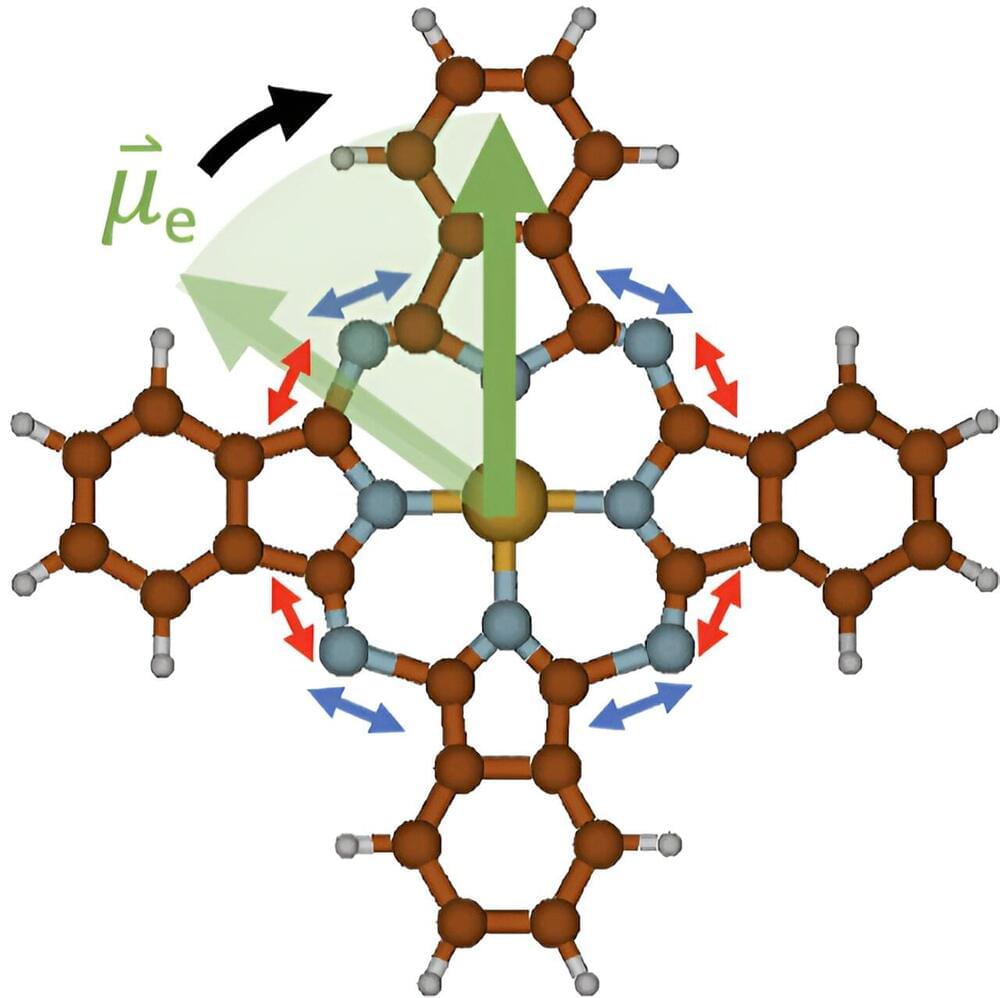
When molecules are irradiated with infrared light, they begin to vibrate due to the energy supply. For Andreas Hauser from the Institute of Experimental Physics at Graz University of Technology (TU Graz), this well-known phenomenon was the starting point for considering whether these oscillations could also be used to generate magnetic fields.


4.5.24 Silvia Cernea Clark 713−348−6728 [email protected].
Chris Stipes 713−348−6778 [email protected].
If you were to throw a message in a bottle into a black hole, all of the information in it, down to the quantum level, would become completely scrambled. Because in black holes this scrambling happens as quickly and thoroughly as quantum mechanics allows, they are generally considered nature’s ultimate information scramblers.
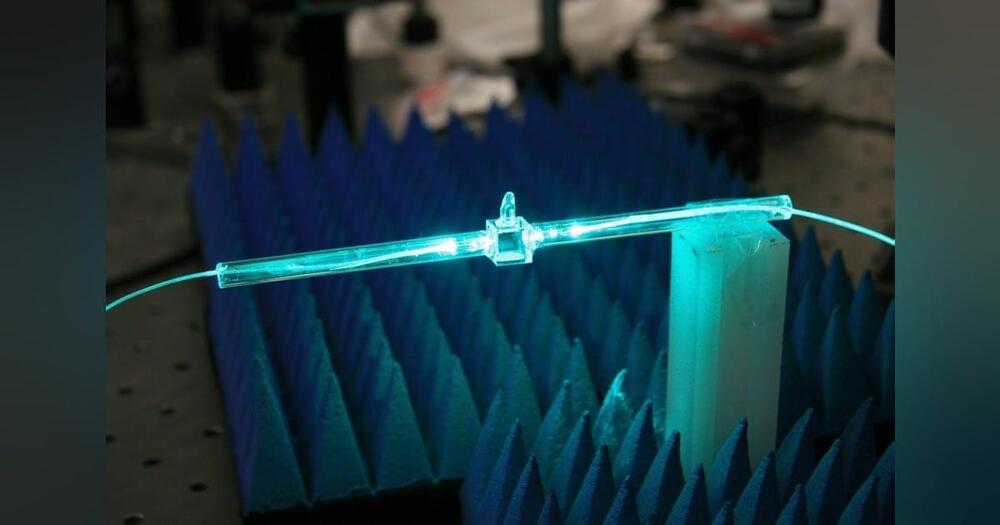
ARLINGTON, Va. – U.S. military researchers are approaching industry to enhance atomic vapor sensors for electric field sensing, imaging, communications, and quantum information science (QIS).
Officials of the U.S. Defense Advanced research Projects Agency (DARPA) in Arlington, Va., have issued a broad agency announcement (HR001124S0031) for the Enhancing Quantum Sensor Technologies with Rydberg Atoms (EQSTRA) program.
EQSTRA seeks to enhance the performance, capabilities, and maturity of atomic vapor sensors for future compact, calibration-free, small, and lightweight devices with low drift, and quantum-limited accuracy and sensitivity.
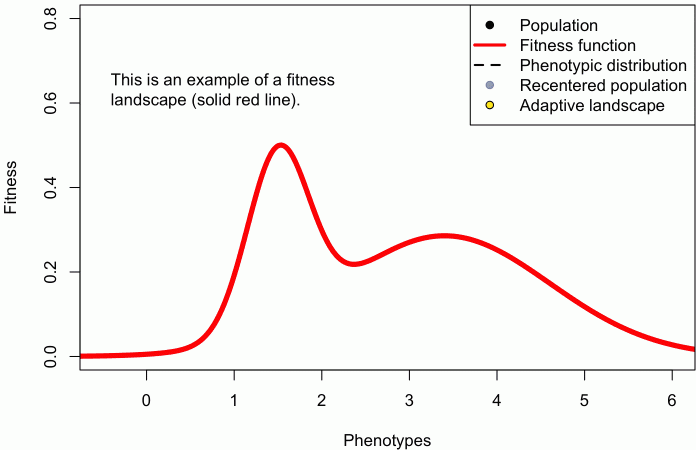
When I started my postdoc in 1998, I think it is safe to say that the Holy Grail (or maybe Rosetta Stone) for many evolutionary biologists was a concept called the Adaptive Landscape. The reason for such exalted status is that the adaptive landscape was then – and remains – the only formal quantitative way to predict and interpret an adaptive radiation of few organisms into many. I was heavily indoctrinated into this framework — as my postdoc was at UBC during precisely the time when Dolph Schluter was writing his now-classic book The Ecology of Adaptive Radiation.
Is Director, Infectious Disease Preparedness and Response, Administration for Strategic Preparedness and Response, U.S. Department of Health and Human Services (https://aspr.hhs.gov/Pages/Home.aspx).
The HHS Administration for Strategic Preparedness and Response (ASPR) leads the nation’s medical and public health preparedness for, response to, and recovery from disasters and other public health emergencies.
ASPR collaborates with hospitals, healthcare coalitions, biotech firms, community members, state, local, tribal, and territorial governments, and other partners across the country to improve readiness and response capabilities.
Dr. Boucher previously held several other critical roles in the organization, including as Chief of the Antivirals \& Antitoxins branch at BARDA’s Anthrax, Botulinum, Ebola and Smallpox therapeutics program office, Acting Director for the Administration for Strategic Preparedness and Response’s Office of Industrial Base Management and Supply Chain (IBM/SC) and serving as HHS’s lead negotiator for product development/procurement agreements for COVID-19 medical countermeasures.
Dr. Boucher has a Bachelor of Science (B.S.), Genetics, and a Doctor of Philosophy (PhD), Biochemistry and Molecular Biology from University of California, Davis.

Drone wars, what haven’t we seen. If we look at active wars and mark those drones gen1, do we have in army hangars strategic gen 3 or 4 drones? what do they look like, how does that c&c works?
Top Admiral: “I want to turn the Taiwan Strait into an unmanned hellscape using a number of classified capabilities.”

Researchers have developed a new method that uses attosecond core-level spectroscopy to capture molecular dynamics in real time.
The mechanisms behind chemical reactions are complex, involving many dynamic processes that affect both the electrons and the nuclei of the involved atoms. Frequently, the strongly coupled electron and nuclear dynamics trigger radiation-less relaxation processes known as conical intersections. These dynamics underpin many significant biological and chemical functions but are notoriously difficult to detect experimentally.
The challenge in studying these dynamics stems from the difficulty of tracing the nuclear and electronic motion simultaneously. Their dynamics are intertwined and occur on ultrafast timescales, which has made capturing the molecular dynamical evolution in real time a major challenge for both physicists and chemists in recent years.
